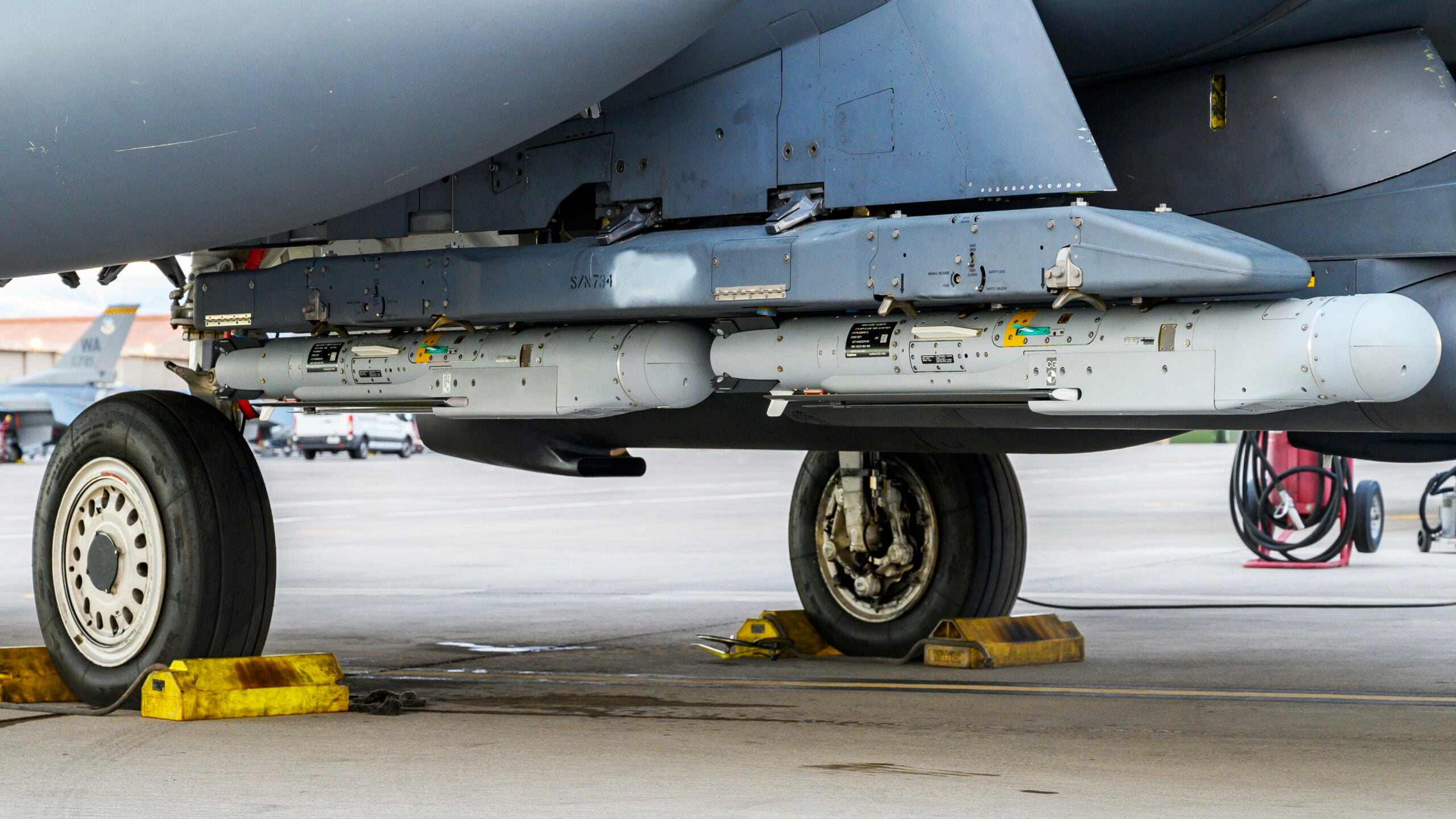The U.S. Air Force’s new GBU-53/B StormBreaker glide bomb needs “additional coordination and planning” before it’s loaded onto a jet, which has just begun operationally fielding the weapon. The Air Force says the fact that the StormBreaker and aircraft communicate with each other means intelligence airmen have to load encrypted information into the bomb’s computer, resulting in a more laborious process to get the weapons actually loaded and ready for use.
The revelation comes in an Air Force press release marking the introduction of the StormBreaker, previously known as the Small Diameter Bomb II (SDB II), into operational service, with the 391st Fighter Squadron, an F-15E Strike Eagle unit that’s part of the 366th Fighter Wing at Mountain Home Air Force Base, Idaho. The squadron conducted a first launch of the new weapon in training on November 2, but only announced the milestone this week.
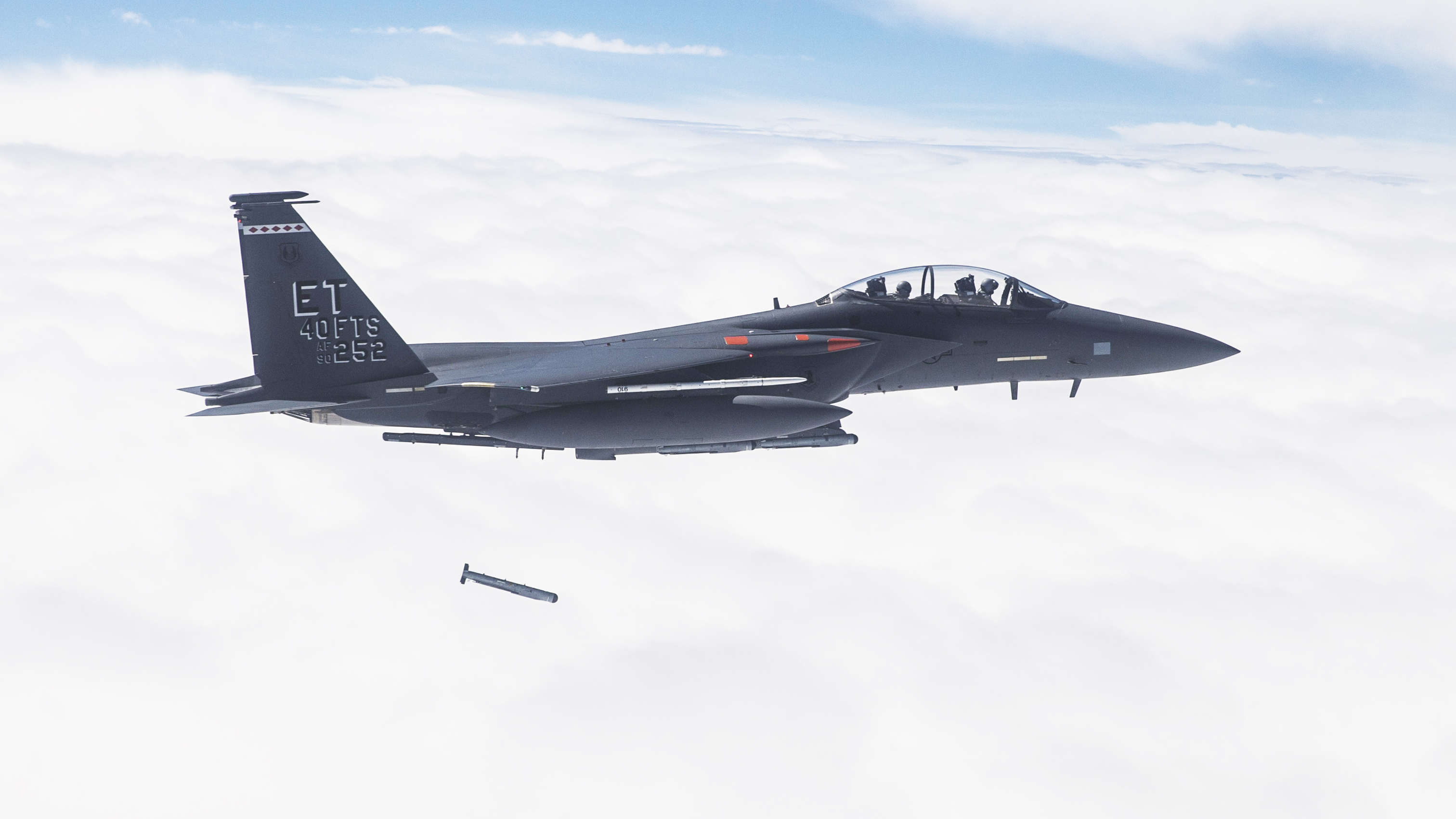
The 391st Fighter Squadron employed the StormBreaker during a Weapon System Evaluation Program, or WSEP, the Air Force’s premier live-fire weapons event, which you can read more about here. During WSEP at the Utah Test and Training Range, four F-15Es from the squadron engaged four moving vehicle targets on the ground with four StormBreakers.
The WSEP was judged a success, with all of the vehicles being hit.
However, the Air Force also noted that compared to at least some of the other weapons already in the F-15E’s armory, actually getting the new smart bomb ready and loaded on the jet was more onerous, “due to [the] increased capabilities of this munition.”
1st Lt. Estefania Ortiz-Santiago, the 391st Fighter Squadron Officer in Charge of Intelligence, explained that “the process was more extensive,” the Air Force adding that “a fair amount of troubleshooting [was needed] to ensure assets were communicating properly.”
While Ortiz-Santiago stated that the process should be smoothed out as the Air Force gains more experience with the weapon, the implication is clearly that the StormBreaker currently places increased demands on intelligence airmen compared to at least some other stores.

The Air Force did not specify exactly how long it takes to prepare a jet loaded with StormBreakers but said that it hopes that, eventually, it will take “about the same amount of time to prepare as other bombs currently in use by the F-15E.”
As we have explored in the past, the StormBreaker offers the Air Force some significant capabilities, being based around a tri-mode guidance system that allows it to find targets using imaging infrared or millimeter-wave radar or using semi-active laser homing to hit a designated aimpoint. The result is an especially flexible weapon, able to engage both stationary and moving targets, even at night or in bad weather.
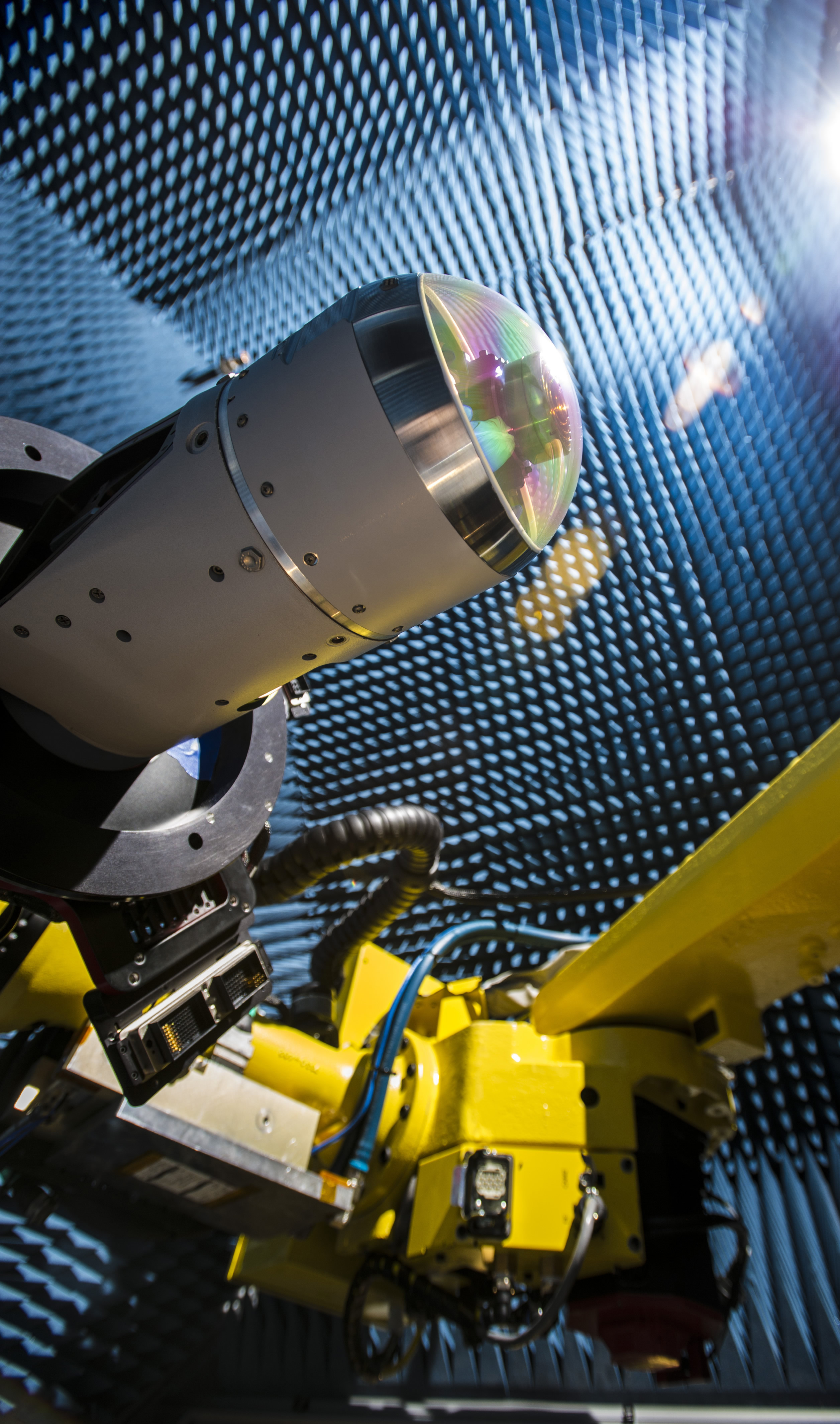
According to the Air Force, the bomb is able to strike stationary targets at 69 miles and moving targets at 45 miles.
The StormBreaker is also notably compact, with a length of just 69 inches and a diameter of no more than seven inches. It weighs 204 pounds and a single F-15E can carry up to 28 examples.
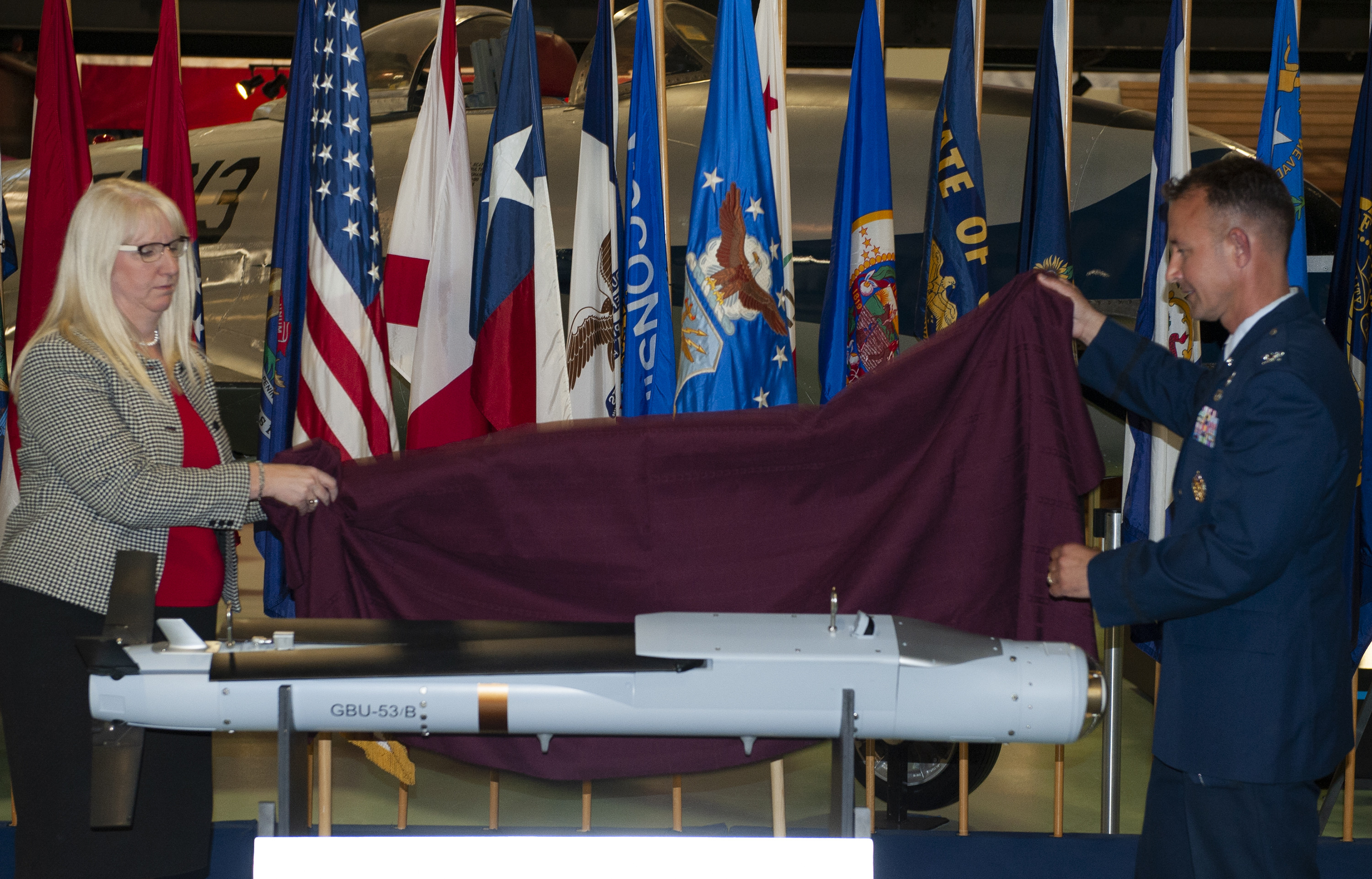
All this means the StormBreaker is likely to be a weapon of choice for the F-15E, which is, in turn, one of the Air Force’s most in-demand assets for contingencies around the globe.
However, the fact that intelligence personnel are involved in the loading process for these bombs in a more significant way than is the case with at least some other weapons employed on the F-15E might impact the flexibility of the Strike Eagle/StormBreaker combination.

Increasingly, the operational doctrine is calling upon F-15E units, in particular, to deploy at short notice to fairly austere locations, launching missions soon after arrival, or even en route, as part of the Agile Combat Employment initiative, or ACE. These kinds of capabilities have already been tested in real-world scenarios involving F-15Es loaded with up to 15 Joint Direct Attack Munitions (JDAMs) flying between locations in the U.S. Central Command (CENTCOM) area of operations.
The aim of that 15-JDAM loadout configuration was to bring larger quantities of smart munitions to deployed locations, for which the StormBreaker would also seem to offer considerable advantages, thanks to the significant number that can be carried by a single jet.
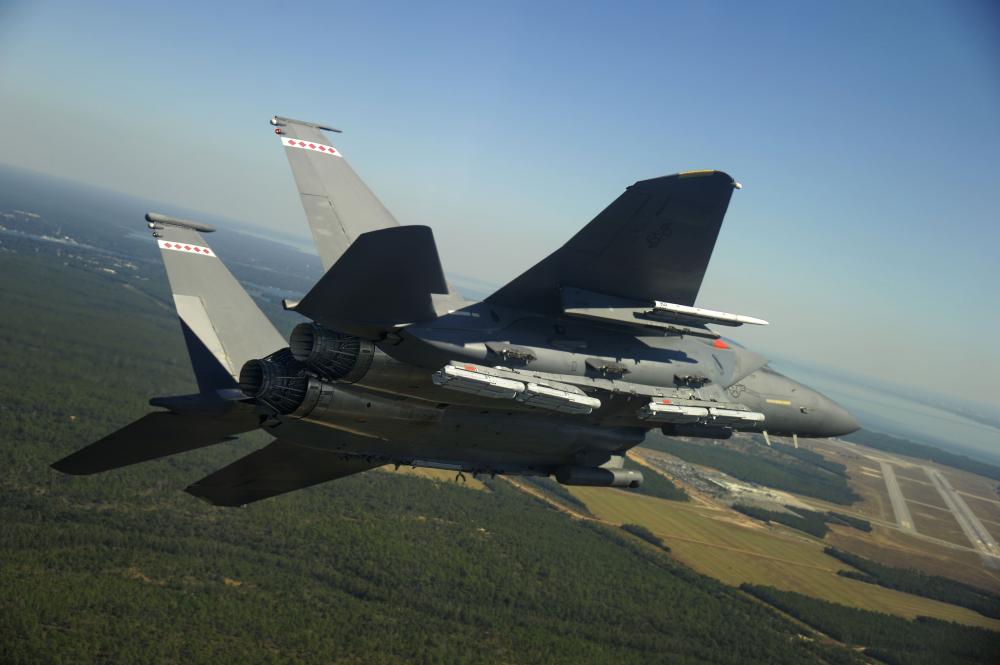
But for the time being, at least, it sounds as if the Air Force is not happy with the time and effort needed to get the ready weapon for action.
Ironically, this drawback is apparently a product of one of StormBreaker’s key advantages — its ability to communicate with the aircraft carrying it. This means the weapon can be launched and, if required, redirected to a new target once in flight, as well as receiving regular midcourse updates.
Data linking, moreover, is only going to become more common and more expansive as time goes on, especially with new initiatives in the works like Golden Horde, a swarming air-launched munitions program, for which StormBreaker could be an ideal candidate. As weapons are increasingly networked to each other and other tertiary assets, as well as to their launch platforms, the cryptologic demands can only increase and, with that, the requirement for those signals to be made secure against jamming, intercepting, and spoofing.
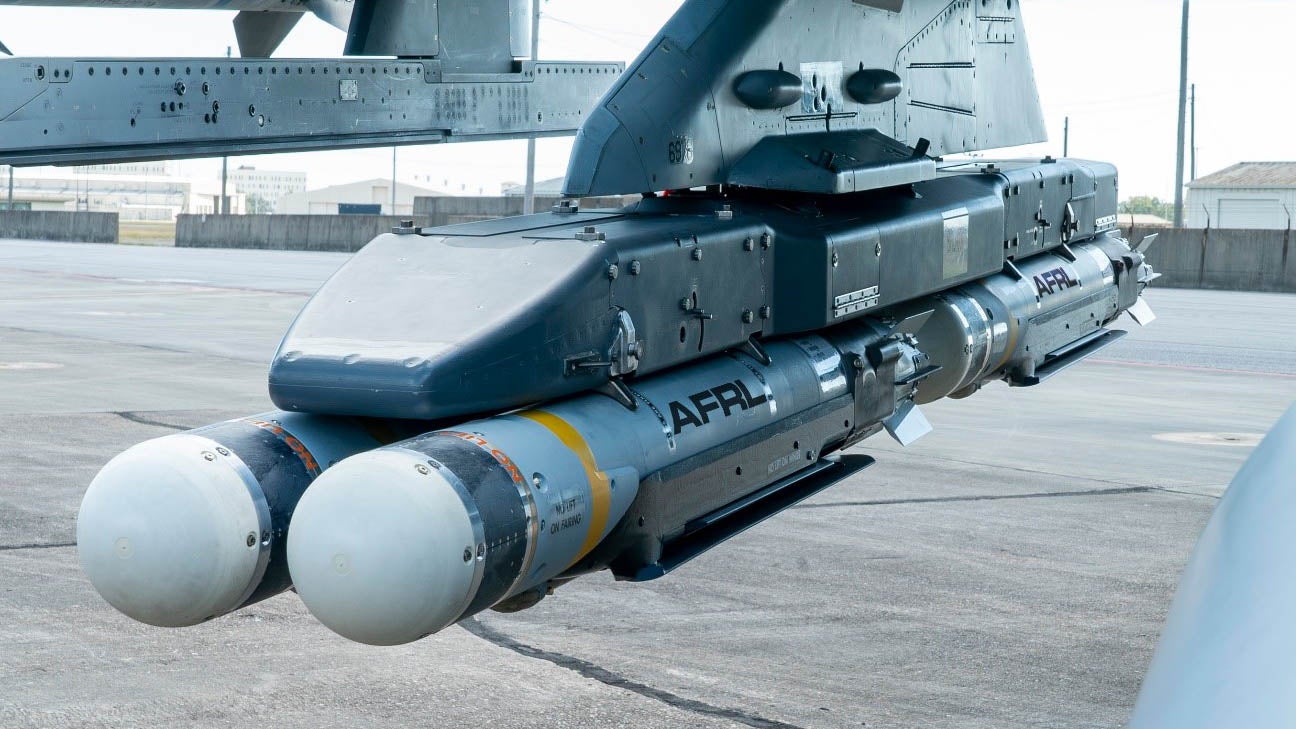
Once these communications are being employed across extended ranges, with a variety of complex data being sent back and forth, the issue only becomes greater. As a result, there are entirely new layers of operational security to deal with, at least compared to the comparatively simple process of transmitting the coordinates from the aircraft to the weapon’s guidance system while it is still on the aircraft, as is the case with a JDAM, for example.
On the other hand, despite the expectation that the StormBreaker will become easier to deploy in the future, it’s intended as a complementary weapon within the F-15E’s armory, rather than a direct successor to other existing stores.
“It is not a replacement for other bombs,” said Capt. Kyle “Scrap” Holifield, 391st Fighter Squadron, Chief of Weapons and Tactics. “I think it’s going to be great. It will be an awesome weapon,” he added.
Although the GBU-53/B is so far only integrated on the F-15E, it’s also planned to be cleared for use by the U.S. Navy’s F/A-18E/F Super Hornet and is expected to be an important weapon for the F-35 stealth fighter.

Ultimately, however, the increased demands on coordination and planning that the StormBreaker brings are likely to be reflected, at least to a degree, in other new-generation weapons that stress enhanced connectivity with the launch platform, or even with each other.
For air-launched munitions, in particular, the Air Force is especially keen to leverage the advantages offered by networking, including the ability to be dynamically retargeted, to use offboard sensors for targeting throughout the flight and even operate in swarms to enhance effectiveness and survivability.
Therefore, as networking becomes an ever more important element in the way that munitions are employed, the lessons learned when introducing the StormBreaker may be expected to make a valuable contribution to other programs too.
Contact the author: thomas@thedrive.com
.
